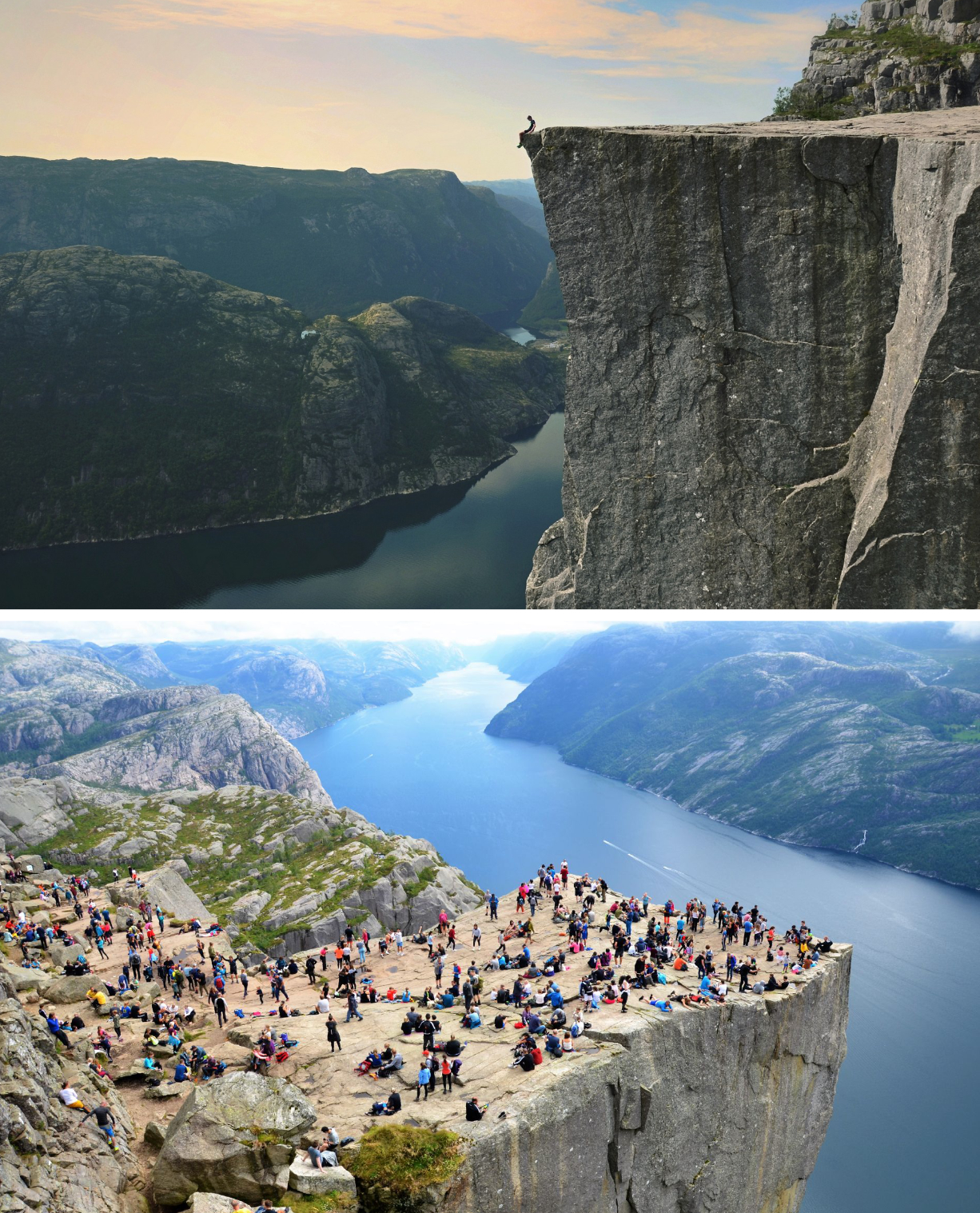Bayen admits to having ordered fake vintage Mughal Brothers seems to supply what sells, including fake vintage goods on demand - a chat with a potential new customer from Germany that the retailer wants to win over supports this impression. The prospective customer sends photos of vintage sweaters with the Nike logo and asks: "Could you make these?" The answer: "We've already done that", the German adds: "I know, for Strike." The Pakistani doesn't disagree. He later sends evidence, including a screenshot of an exchange of messages, as he claims, with Daniel Bayen, whom he has saved as "Germany Customer"; the latter writes: "I'm looking for more designs. I need this ASAP" - "Yes please bro, send me all the designs and let me know which ones should be screen printed." He sends photos of T-shirts stating, "All three screen printed." To convince the new customer, the wholesaler sends screenshots of chats with another customer, which he says is Bayen. Daniel Bayen admits to having ordered counterfeit goods. However, he claims that this was only to show his employees how to identify and sort out counterfeit goods. Or by mistake, as he hadn't noticed: "In any case, I acted negligently in some cases," he writes.
The Strike company stood for fashion with a credible history, sustainable consumption and cool street style. But now CORRECTIV's research has revealed that this was partly due to at least unintentional customer deception. Instead of unique finds and vintage rarities, the range also included new mass-produced goods from Asia. Bayen estimates the proportion of fakes on the second-hand market at 20 to 30 percent. "Gold rush mood" on the vintage market The Strike company has since gone bankrupt. But the story goes far beyond the individual case: the second-hand clothing business is booming. According to forecasts by auditing firm PwC, the market is set to grow from 3.5 billion euros in 2022 to five to six billion euros by 2025. In 2022, the industry magazine Textilwirtschaft spoke of a "gold-rush atmosphere" with regard to vintage online retail. Vintage is practically the opposite of fast fashion and monotonous off-the-peg mainstream fashion: unique pieces from the day before yesterday, second-hand and therefore climate-friendly, in short: consumption without a guilty conscience.


Bayen basked in this image in front of his thousands of followers on social networks: He repeatedly attacked the fast-fashion industry and the masses' desire for ever-new discount goods. "Every item of clothing we offer does not have to be produced from scratch," he wrote on one of his company websites. "In this way, we save valuable resources in production and break the vicious cycle of the fast fashion industry." Sweaters and hoodies from Adidas and Nike are in demand The growth of the market is being driven primarily by Generation Z's love of vintage. The only problem for the industry is that the growing demand is being met by a limited number of available pieces. Currently, most second-hand goods are from the 90s or early 2000s, says vintage expert Philip Rohde, and brands such as Adidas and Nike are particularly popular for sweaters and hoodies; sought-after items are sometimes hard to come by and come at a price: "You can expect prices ranging from 50 euros to 120 euros." Rohde has been observing the industry for a long time.
But since around mid-2021, he has noticed that something is changing: He kept noticing that many new stores were advertising vintage knock-offs, he says: "They actively advertised with pieces that were fake because they could attract more customers that way."
Shortly before his company went out of business, Bayen even openly admitted in a clip on Instagram at the end of January that Strike was probably also selling counterfeit goods: He was therefore even, he said then himself, facing a court case for violating trademark law. The fact that counterfeits are found among his goods is unavoidable: When he buys second-hand in large quantities, he knows "that there will probably be counterfeits, and that is inevitable with second-hand clothing and has become even more so recently". He was therefore liable to prosecution simply by importing the goods. The Krefeld district court confirms the proceedings and Bayen informs us that he has been convicted. It is clear from his email that he feels he has been treated unfairly: the problem is the market, not his company. "In the meantime, I have realized that I can be prosecuted for every container of used clothing," he writes: "Every time I import a used item of clothing that is counterfeit, I am committing a criminal offence."
For a number of years, business at Strike was excellent, and at times Bayen was considered one of the most successful retailers on the market - even during the coronavirus pandemic. In 2020, the 19-year-old entrepreneur opened his first store in Krefeld. While retailers up and down the country are struggling with closures and social distancing regulations, customers are queuing in long lines at Strike's store openings, such as in Halle or Düsseldorf. According to his own figures, he currently has 92 employees and a turnover of 2.9 million euros.